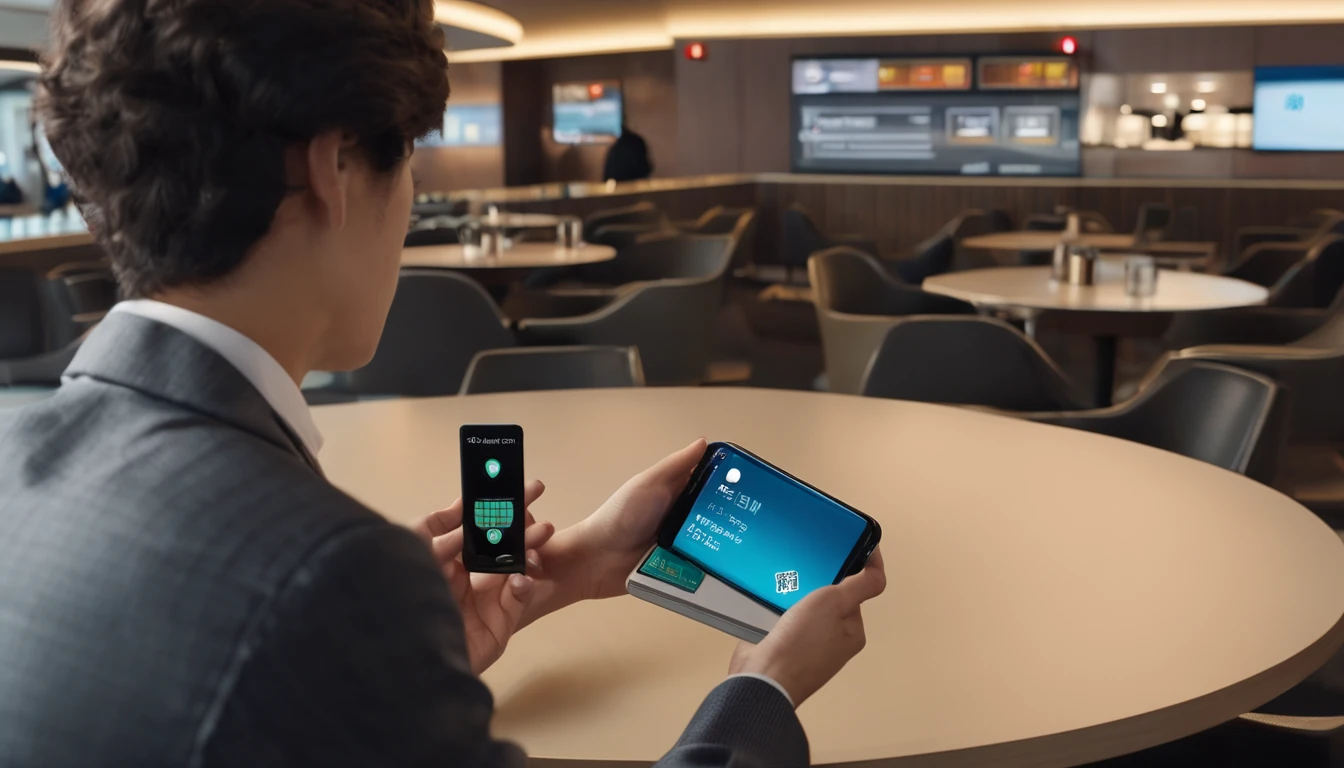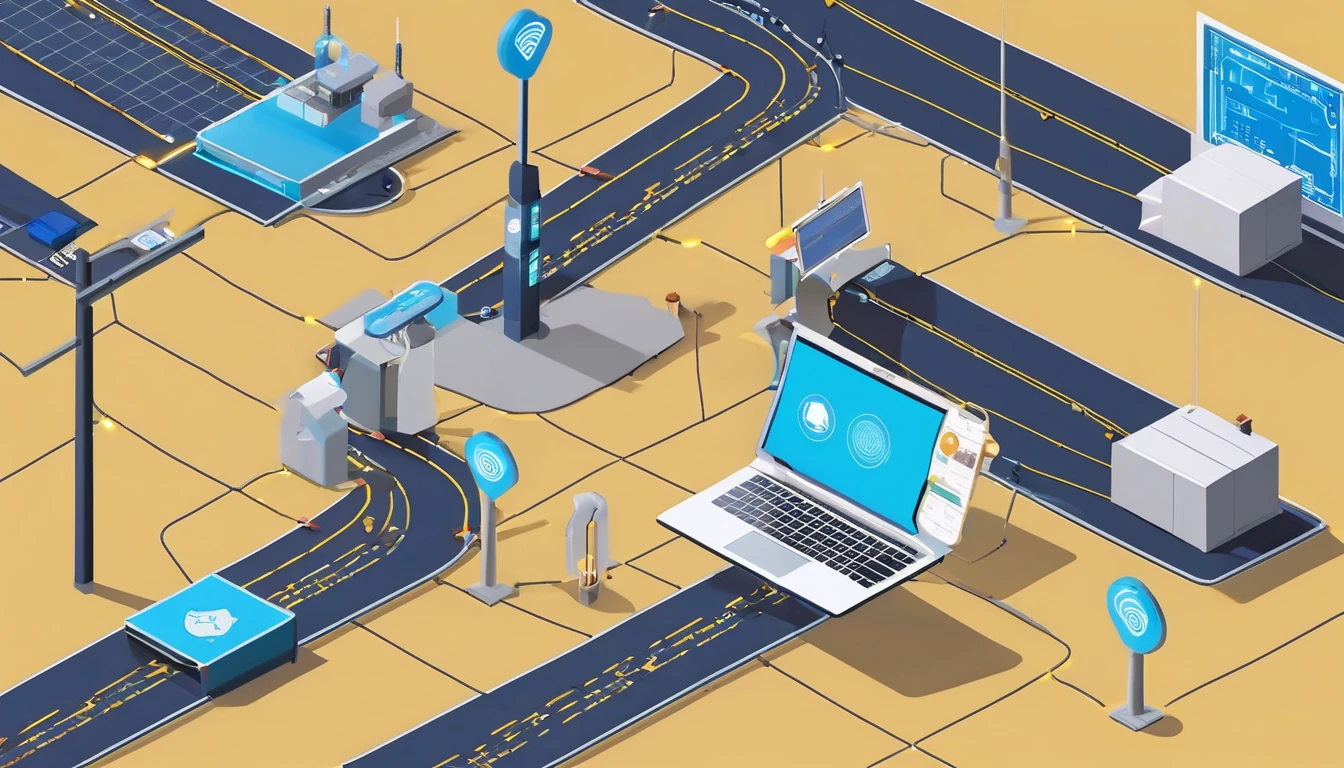Planning a southeast asia itinerary 1 month? This classic loop—Thailand, Laos, Vietnam, Cambodia—packs temples, mountains, river life and coast into four weeks, with practical overland links and plenty of night buses/trains to save time and money. This guide focuses on what most travellers wish they’d known earlier: which borders are smoothest, how to stay connected with a single eSIM (or smart swaps), where networks drop out, and how to keep data usage lean. Expect bang-for-buck street food, world-class heritage sites, and enough flexibility to chase a sunny forecast or a new friend’s tip. You’ll average 2–4 nights per stop, mix day sightseeing with overnight moves, and finish with Angkor Wat. Use this as a backbone, then tune the pace to your style. For country-specific eSIMs and regional coverage, start with Simology’s live availability on Destinations. If you’re continuing to Europe or the Americas afterwards, we’ve added onward connectivity tips too.
The 30‑Day Route at a Glance
A fast-but-feasible blueprint, optimised for overland travel and connectivity.
- Days 1–3: Bangkok - Grand Palace, street food, canals. Optional day trip to Ayutthaya. - Night train or sleeper bus north.
- Days 4–6: Chiang Mai - Old City, Doi Suthep, cooking class. Consider a day to Pai if you don’t mind the windy road.
- Day 7: Chiang Rai → Chiang Khong - White/Blue/Black Temples (quick tour), then bus to Chiang Khong (Thai–Laos border).
- Days 8–9: Chiang Khong → Huay Xai (Laos) → Slow Boat to Luang Prabang - Two-day Mekong slow boat via Pak Beng (overnight).
- Days 10–12: Luang Prabang - Kuang Si Falls, night market, alms-giving (respectfully).
- Days 13–14: Vang Vieng - Karst views, blue lagoons. Good 4G; patchy in valleys.
- Day 15: Vientiane - Buddha Park, cafés. Night bus to Vietnam.
- Days 16–18: Hanoi (+ Ninh Binh day trip) - Old Quarter, street food tour. Optional Ha Long Bay overnight.
- Day 19: Night train to Hue - Day 20 in Hue (Imperial City), afternoon train over Hai Van Pass to Da Nang, then on to Hoi An.
- Days 21–22: Hoi An
- Lanterns, tailor-made clothing, An Bang beach.
- Day 23: Fly or night bus to Ho Chi Minh City (HCMC)
- Days 24–25: HCMC
- War Remnants Museum, Cu Chi tunnels.
- Day 26: Bus HCMC → Phnom Penh (Cambodia)
- Day 27: Phnom Penh
- S21, Killing Fields (hard but important).
- Days 28–29: Siem Reap
- Angkor Wat sunrise, Bayon, Ta Prohm.
- Day 30: Depart Siem Reap (or bus/fly to Bangkok).
Pro tip: - Use night moves Bangkok→Chiang Mai, Vientiane→Hanoi, Hanoi→Hue, Hoi An→HCMC, HCMC→Phnom Penh to reclaim daylight for sightseeing.
Connectivity by Country (eSIMs, Coverage, and What to Expect)
Set up a regional Southeast Asia eSIM for simplicity, or swap country eSIMs for best local rates. Confirm compatibility and plans on Destinations.
Thailand (Bangkok, North, Border at Chiang Khong)
- Networks: AIS, TrueMove H, DTAC. Strong 4G/5G in cities; good along major rail/highways. Rural pockets in the mountains may drop to 3G/EDGE.
- Data notes: Streaming and tethering are fine in cities. Night trains often have patchy coverage in central segments; buses do better on highways.
- Tip: Install your Thailand eSIM before landing, toggle “Data Roaming” off until you land, then verify APN auto-fills.
Laos (Huay Xai, Slow Boat, Luang Prabang, Vang Vieng, Vientiane)
- Networks: Unitel (best coverage), Lao Telecom, ETL. Expect 3G/4G in towns; Mekong stretches and valleys can be offline for hours.
- Data notes: Download offline maps (town areas) and transport tickets; connectivity on the slow boat is intermittent to non-existent.
Vietnam (Hanoi to HCMC via Hue, Da Nang, Hoi An)
- Networks: Viettel (widest), Vinaphone, Mobifone. Robust 4G nationwide; 5G live in major cities (Hanoi, HCMC, Da Nang).
- Data notes: Trains run near the coast with generally good 4G. Night buses vary; city sections strong, rural gaps possible.
Cambodia (Phnom Penh, Siem Reap)
- Networks: Smart, Metfone, Cellcard. 4G reliable in cities; rural temples may fall back to 3G.
- Data notes: Bus corridors (HCMC–Phnom Penh–Siem Reap) are mostly covered; border zones can dip.
Connectivity rule of thumb: - Cities and main intercity routes: good-to-excellent 4G. - Borders, mountains, and boats: plan for dead zones. Queue downloads before you leave Wi‑Fi.
Border Crossings: Smoothest Options and Step‑by‑Step
Always check current entry rules on official sites before travel.
Thailand → Laos (Chiang Khong → Huay Xai, Friendship Bridge IV)
- Bus from Chiang Rai to Chiang Khong; tuk-tuk to Thai border.
- Thai exit stamp; buy shuttle ticket across the bridge.
- Laos arrival at Huay Xai: eVisa or visa on arrival for eligible nationalities. Pay fee in USD or local currency (ATMs available).
- Collect passport, walk to the minivan stand for Huay Xai pier/accommodation.
Connectivity tips: - Thai networks fade at the bridge; Laos signal kicks in after immigration. - If using a regional eSIM, toggle roaming on after Laos entry. If using a Laos-only eSIM, install/activate while on Thai Wi‑Fi the night before. - Download boat ticket QR and offline maps; no signal on much of the Mekong.
Laos → Vietnam (Vientiane → Hanoi via Nam Phao/Cau Treo)
- Book a reputable sleeper bus (ask for a seat/berth number, not “free seating”).
- Prepare passport photos and cash for fees as required.
- Night departure; pre‑dawn border. Expect luggage scans and short walks between posts.
- Continue to Vinh or Hanoi; arrival times vary by traffic.
Connectivity tips: - Border zone coverage is thin; keep documents saved offline. - Regional eSIMs usually roam seamlessly; if swapping to a Vietnam eSIM, install ahead of time and switch data line after Vietnam entry.
Alternative: Luang Prabang → Dien Bien Phu → Hanoi via Tay Trang. More scenic, slower, fewer services.
Vietnam → Cambodia (HCMC → Phnom Penh via Moc Bai/Bavet)
- Book a bus with door‑to‑door processing (they’ll collect passports for exit/entry administration—confirm your comfort level).
- Vietnam exit at Moc Bai, short walk or bus to Bavet (Cambodia entry).
- Cambodian eVisa can speed things up. Carry passport photos just in case.
- Continue to Phnom Penh; some buses include a lunch stop with Wi‑Fi.
Connectivity tips: - Expect a brief data blackout right at the boundary. - Switch your data line to a regional/Cambodia eSIM once stamped in; test data before leaving the border area.
Night Buses and Trains: Staying Online and Sane
- Expect USB ports on newer buses; bring a 10,000–20,000 mAh power bank for older fleets.
- Coach Wi‑Fi is hit-and-miss; mobile data is more reliable on highways.
- On Vietnamese trains, coverage is decent near towns; download shows/playlists offline.
- Keep your device on silent and wear a money belt; store phone/cables within reach.
- Set a mobile data limit and low-power mode overnight.
Pro tip: - Pre‑pin your arrival accommodation on offline maps and screenshot directions in case your driver drops you a few blocks away.
Data‑Saver Tactics That Actually Work
- Turn on system “Data Saver” and per‑app background limits.
- Disable auto‑updates; allow only on Wi‑Fi.
- Download offline maps for all major stops (Google Maps/Maps.me).
- Pre‑download translations (Google Translate offline packs).
- Stream at 480p; cache music/podcasts on Wi‑Fi.
- Use lightweight chat apps; set photos to “low quality” auto‑upload only on Wi‑Fi.
- Compress and batch‑upload photos when you have hostel Wi‑Fi.
Quick How‑To: Set Up Your eSIM Before You Fly
- Check your phone’s eSIM compatibility and OS updates.
- Buy a regional Southeast Asia eSIM or individual country eSIMs on Destinations.
- Install QR profiles over home Wi‑Fi; don’t activate data yet.
- Label lines clearly (e.g., “Regional SEA”, “Vietnam”).
- Set your home SIM to “calls/SMS only” and mobile data to the eSIM.
- On landing in each country, toggle the correct eSIM on, ensure APN auto‑configures, and test with a quick speed check.
Pro tip: - Keep QR codes and plan details saved offline in your notes app.
Budgeting for Data
- Thailand: affordable, fast data; 10–20 GB plans are common.
- Laos: smaller data buckets; top up more often if streaming.
- Vietnam: excellent value; generous data at low cost.
- Cambodia: mid‑range pricing; solid city speeds.
If you’re sharing with a partner, hotspot carefully and monitor per‑device usage. For teams or digital nomads moving together, Simology’s pooled and centrally managed options on For Business can simplify budgeting and control.
Packing Checklist: Connectivity Edition
- Unlocked eSIM‑compatible phone (dual‑SIM helps).
- Power bank (10–20k mAh) and fast charger.
- Multi‑plug universal adapter (Type A/C/G are common across this route).
- Short USB‑C/Lightning cables for cramped seats.
- Small extension cord or multi‑USB hub.
- Offline copies of ID, tickets, insurance, and key addresses.
Onward Travel? Stack Your eSIMs
Finishing in Siem Reap and flying west? - Europe: Use a single regional plan like Esim Western Europe, or country options such as Esim France, Esim Italy or Esim Spain if you’re city‑hopping. - North America: Cover the US/Canada/Mexico with Esim North America; for US‑only trips, see Esim United States.
Travel businesses, hostels and tour operators can offer guest connectivity via Simology’s Partner Hub.
FAQs
1) Is one regional eSIM enough for this entire route? - Usually, yes. A regional Southeast Asia eSIM simplifies border days. If you need the very best rates/speeds in a specific country (e.g., Vietnam), add a local eSIM for that leg and switch the data line on arrival.
2) Will I have signal on the slow boat and night buses? - Expect long dead zones on the Mekong slow boat and patchy stretches overnight in rural Laos/Vietnam. Download essentials and set expectations; cities and highways are fine.
3) How do I avoid surprise data charges at borders? - Turn off data roaming before you reach a border. Once stamped in, toggle the correct eSIM/data line and verify the APN. Use a data cap/usage alert.
4) Is 5G available across this itinerary? - Thailand and Vietnam offer 5G in major cities; Cambodia is expanding; Laos is largely 4G. 4G is sufficient for calls, maps and social.
5) Can I keep my home number for banking codes while using an eSIM? - Yes. Leave your physical/home SIM active for SMS/calls (disable its mobile data), and set the eSIM as your data line.
6) What’s the safest overnight transport choice for my phone and data? - Trains are steadier and offer more predictable charging; buses are faster point‑to‑point. In both cases, keep devices on you, use a power bank, and lock your SIM settings.
Pro Tips Recap
- Buy/install eSIMs before you fly; label lines clearly.
- Batch your night moves to win daytime.
- Cross at traveller‑friendly borders: Chiang Khong/Huay Xai, Moc Bai/Bavet.
- Keep QR tickets, visas, and hotel addresses offline.
- Use Data Saver and download maps/translations per city.
Next step: Choose your country or regional eSIMs for this route on Simology’s live Destinations page and install them before you fly.




